Chuck Peoples grew up along the Roanoke River, walking its banks as a kid. You might be expecting his reminisces to be filled with nostalgia, perhaps with a sense of loss. That’s how nature stories so often go. This isn’t that story.
Peoples recalls a Roanoke River that ran brown with pulp from paper mills. Fish kills were common. Dams provided essential services but left eroded banks and degraded vegetation downstream.
“There were zero conservation lands along the Roanoke,” says Peoples, now director of conservation programs for The Nature Conservancy in North Carolina.
Fast forward to today: the Roanoke River’s floodplain contains the largest intact and least-disturbed bottomland hardwood forest ecosystem remaining in the mid-Atlantic region. To date, more than 95,000 acres have been protected, including a national wildlife refuge and several preserves.
That conservation, Peoples emphasizes, didn’t happen overnight. The Nature Conservancy received its first donation of land on the Roanoke in 1982. Early Natural Heritage inventories recognized the ecological value of the floodplain forest there, which included some of the older age-class forest in the region.
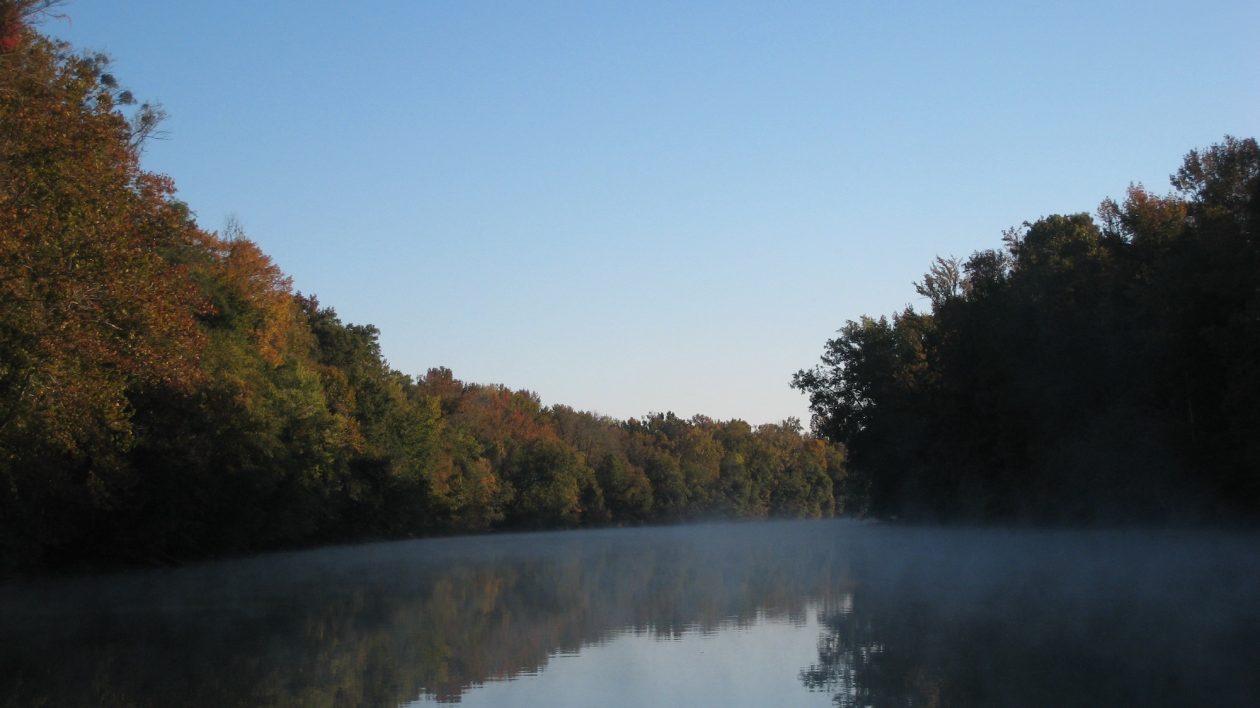
In 1989, the Conservancy purchased 10,626 acres along the river that became the Roanoke National Wildlife Refuge. In 1994, Georgia-Pacific Corporation and the Conservancy entered into an agreement to jointly manage and protect approximately 21,000 acres on the Roanoke. And in 2006, The Nature Conservancy purchased 22,000 acres along the Roanoke from International Paper, as part of the largest-ever land conservation project in the southern United States.
“It is very reflective of TNC’s continuity of purpose and commitment to place,” says Peoples. “The best-available science showed the importance of conserving the Roanoke River floodplains. We’ve been executing on that ever since. The success here is the result of decades of work.”
And that work didn’t stop with acquiring lands. Three dams on the river provided essential flood protection and power generation, but also altered flows. Since 2002, the Conservancy has worked with the Corps of Engineers on dam releases that mimic natural flows, providing pulses of water to the floodplain forest that provide for vegetation and fish migration and spawning.
“We invested in the science, in understanding this natural system and in putting conservation on the ground,” says Peoples. “That is, to my mind, a beautiful thing. And the best part is this story is not unique to the Roanoke.”
Floodplain forests are some of the most biologically important and imperiled habitats in the southeastern United States. That’s why they have been a focus of The Nature Conservancy for decades.
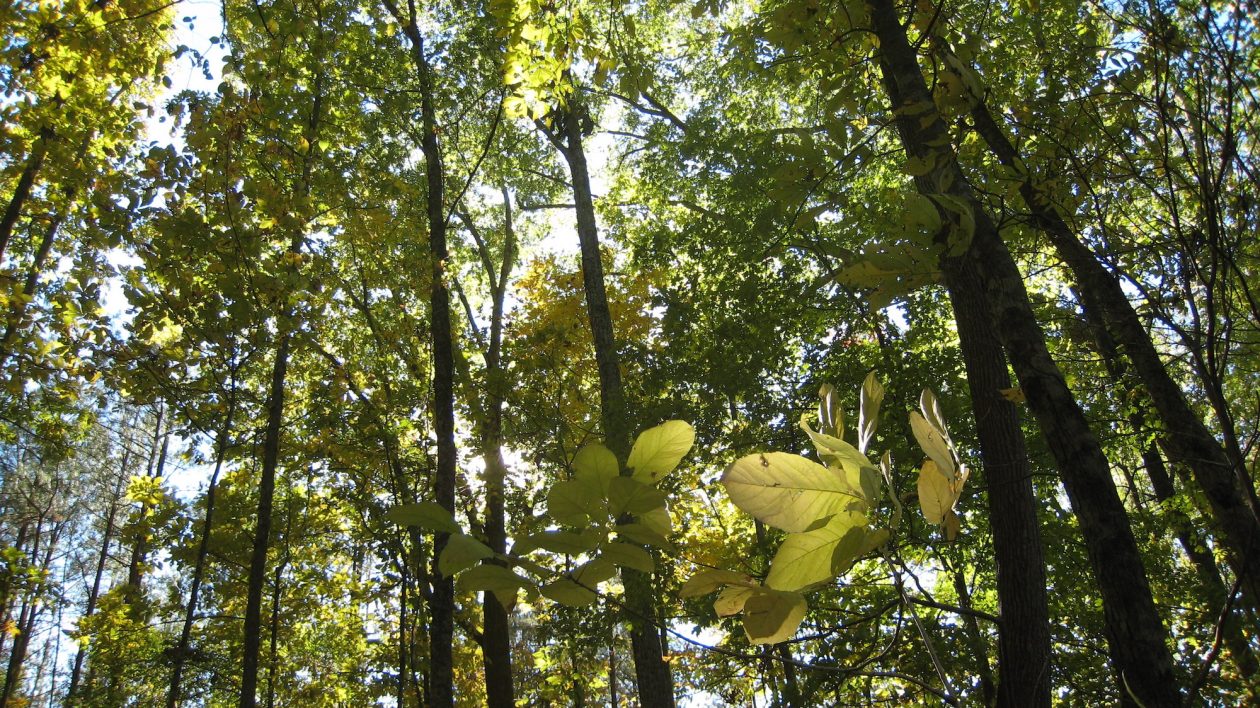
River
The Swamp
Most nature lovers and conservationists now recognize the importance of wetlands, but “swamps” continue to get a bad rap. When European colonization of North America began, swamps were considered little more than harbors of disease and pestilence. One large wetland area was even named the Great Dismal Swamp.
Wetlands have been drained and developed for centuries. Many have been cleared for agriculture or housing. As far as forested wetlands, there is precious little left of old growth forests or even forests in mature age classes. Recent years have seen increases in harvesting of mature floodplain forests, including for biomass pellets that are shipped overseas.
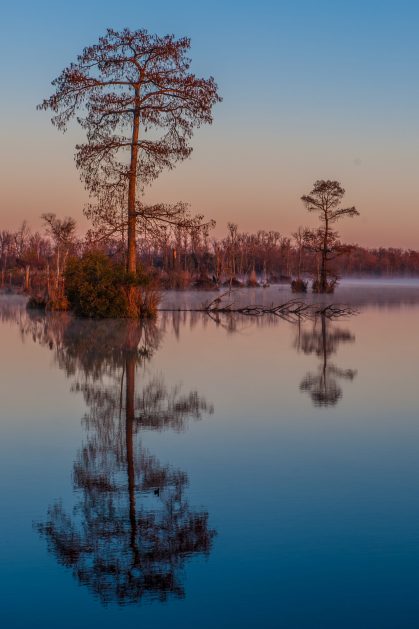
And yet, conservationists now recognize the many values of wetlands. They provide habitat for waterfowl, a diversity of fish species and many other wildlife. They often help provide clean water and offer flood protection.
That’s why The Nature Conservancy has a long history of investing in wetland protection and restoration.
In fact, in the 1930s ecologists desperately wanted to purchase a bottomland forest in Louisiana known as the Singer Tract, believed to harbor the last population of ivory-billed woodpeckers. They were unable to do so before it was logged and the woodpeckers went extinct. The Ecological Society of America recognized the need for a mechanism to acquire lands of critical ecological importance. This would eventually lead to the creation of The Nature Conservancy in 1951.
Wetlands have been a focal area of the organization ever since. Wetland conservation takes many forms, from the restoration of river oxbows at places like the expansive Emiquon Preserve in Illinois to the creation of “pop-up wetlands” in California rice fields.
In the southeastern United States, forested wetlands have been recognized as being of vital importance. There is precious little left of old growth forests or even forests in mature age classes. Recent years have seen increases in harvesting of mature floodplain forests, including for biomass pellets that are shipped overseas.
Here too, the Conservancy has invested in protecting and restoring these floodplain forests for decades.
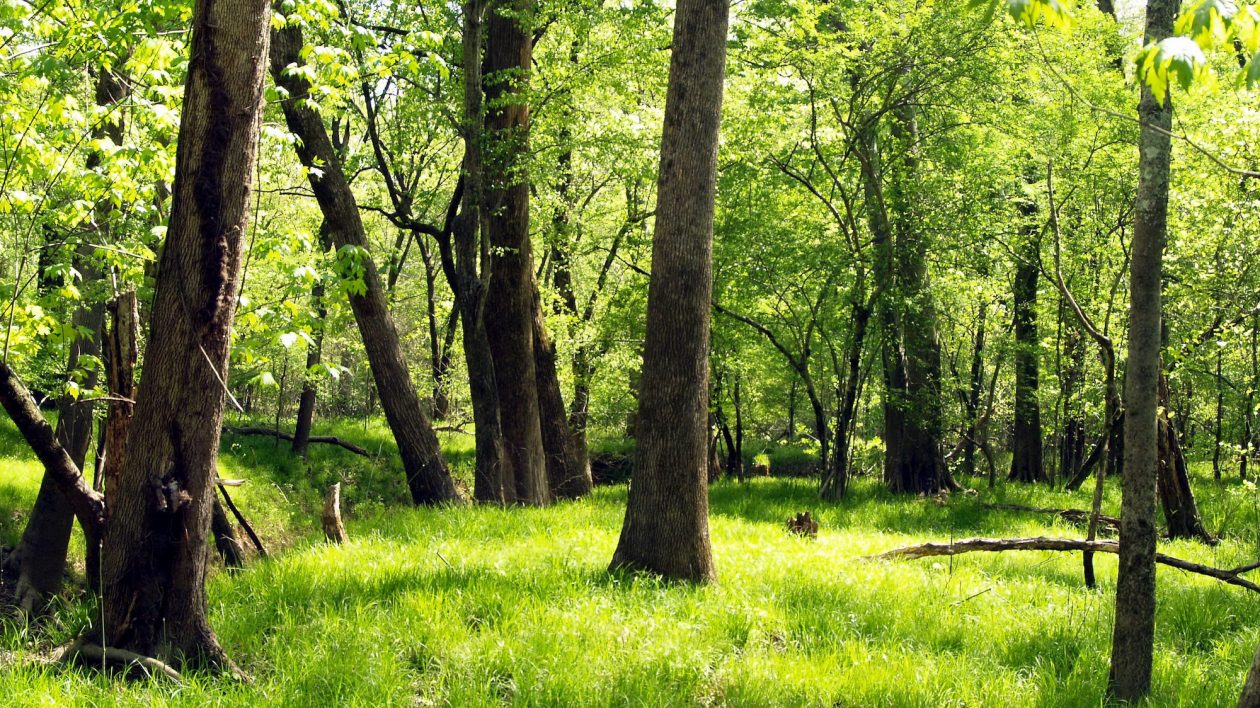
Field to Forest
In the 1960s and 1970s, the Louisiana floodplain forest now known as Mollicy Farms suffered a familiar fate. The cost of soybeans was rising rapidly, and the fertile soils at Mollicy were considered (wrongly, it turns out) prime agricultural land.
“Landowners were clearing forests and getting beans on the ground. They weren’t even trying to harvest the timber,” says Christopher Rice, Northeast Louisiana program manager for The Nature Conservancy. “The quicker they could get soybeans in the ground, the better. And that boom just devastated floodplain forests.”
The landowners put up a 17-mile levee system to disconnect the Ouachita River from its floodplain. They set up straight-line ditches to keep water out of the fields. But the agricultural potential of Mollicy Farms never materialized.
“This property was never meant to be farmed,” says Rice. “They tried for years. It didn’t work.”
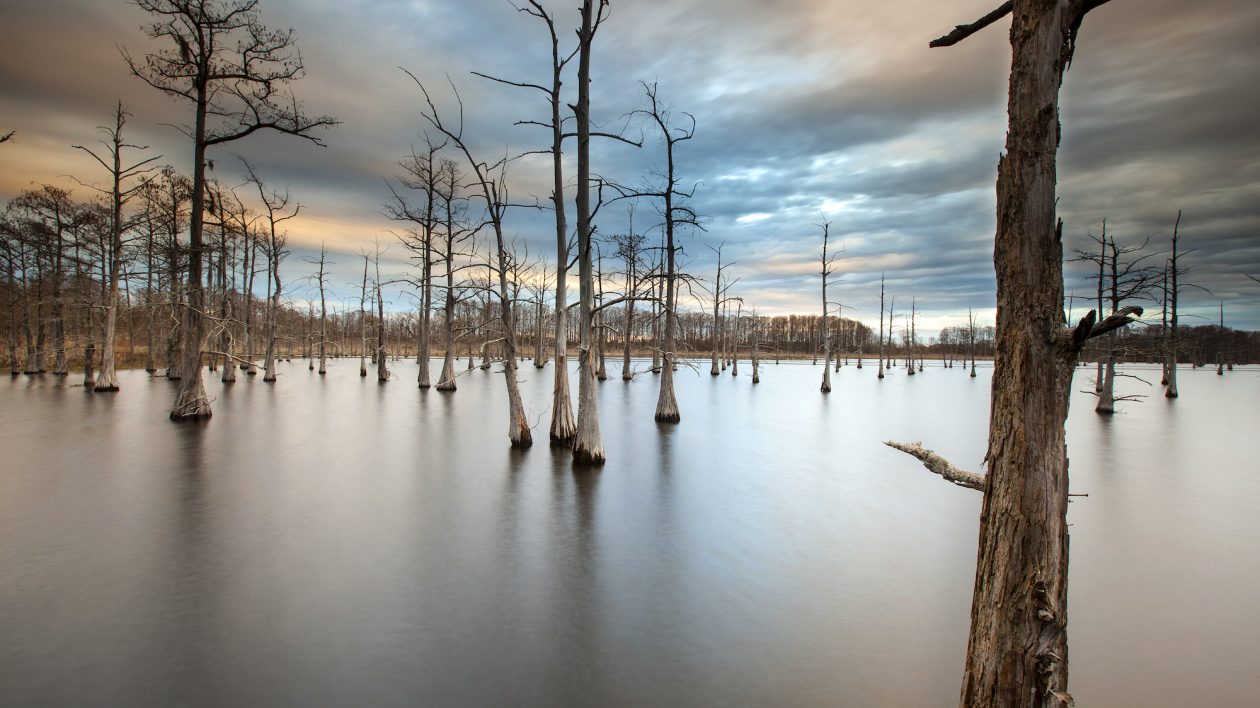
In 1998, the Conservancy helped the U.S. Fish and Wildlife Service (USFWS) acquire much of Mollicy Farms and add it to the Upper Ouachita National Wildlife Refuge. The Fish and Wildlife Service planted more than three million bald cypress, oak and ash trees on almost 11,000 acres of the refuge to restore the floodplain forest.
In 2009, the Conservancy and USFWS began undertaking what is believed to be the largest floodplain reconnection project in the Mississippi River Basin and one of the largest ever undertaken in the entire United States.
The Conservancy and USFWS planned to breach the levee in 2009 to restore the connection between the river and the floodplain that is not only critical to the long-term health of the forest but to the fish and other aquatic life in the Ouachita River.
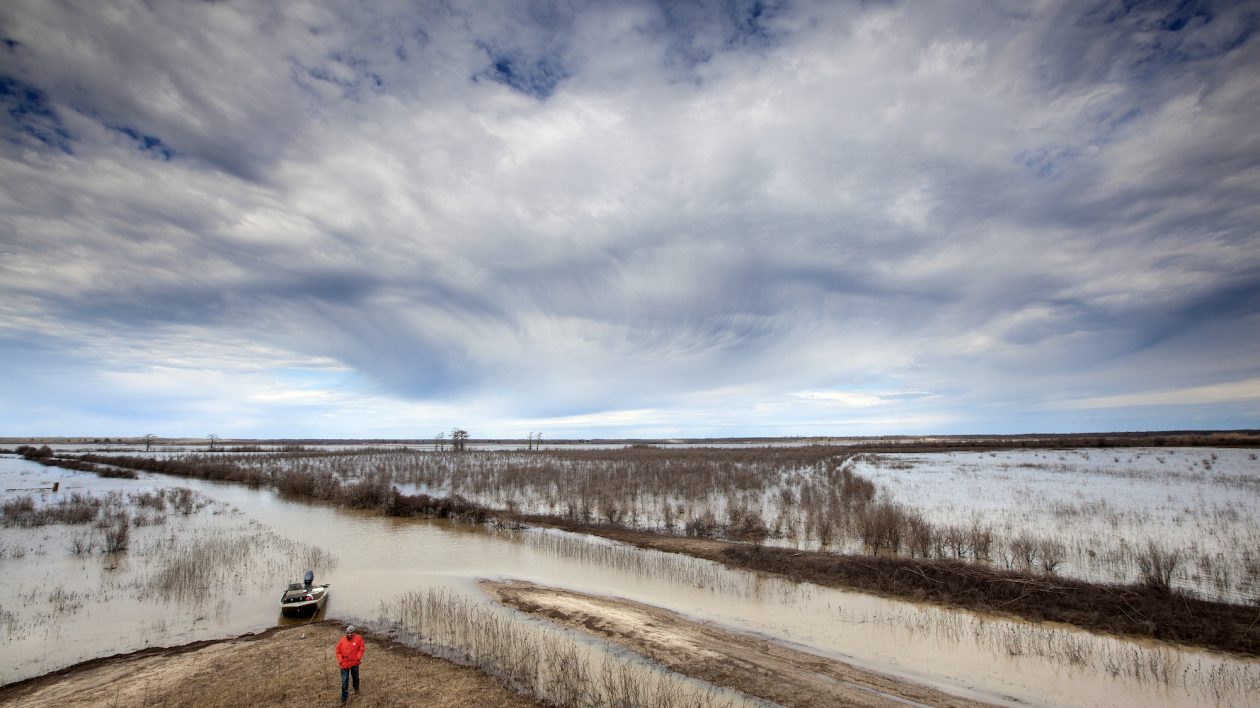
However, that spring, the Ouachita River rose to historic levels and the levee broke catastrophically in two locations. It was just what the 16,000-acre Mollicy unit needed. But the Conservancy and USFWS wanted a more planned, permanent fix.
In 2010, the restoration began, with intentional breaking of the levees, restoring the streambed of a 3-mile long stream and fixing the internal hydrology.
The project has helped alleviate flooding downstream, improved water quality, and restored valuable fish and wildlife habitat.
“It will take decades to balance itself out,” says Rice. “We continue to look at what’s working and what’s not. But we’re already seeing benefits. This is not only helping the floodplain forest be reestablished, it’s also helping improve water quality in an impaired river.”
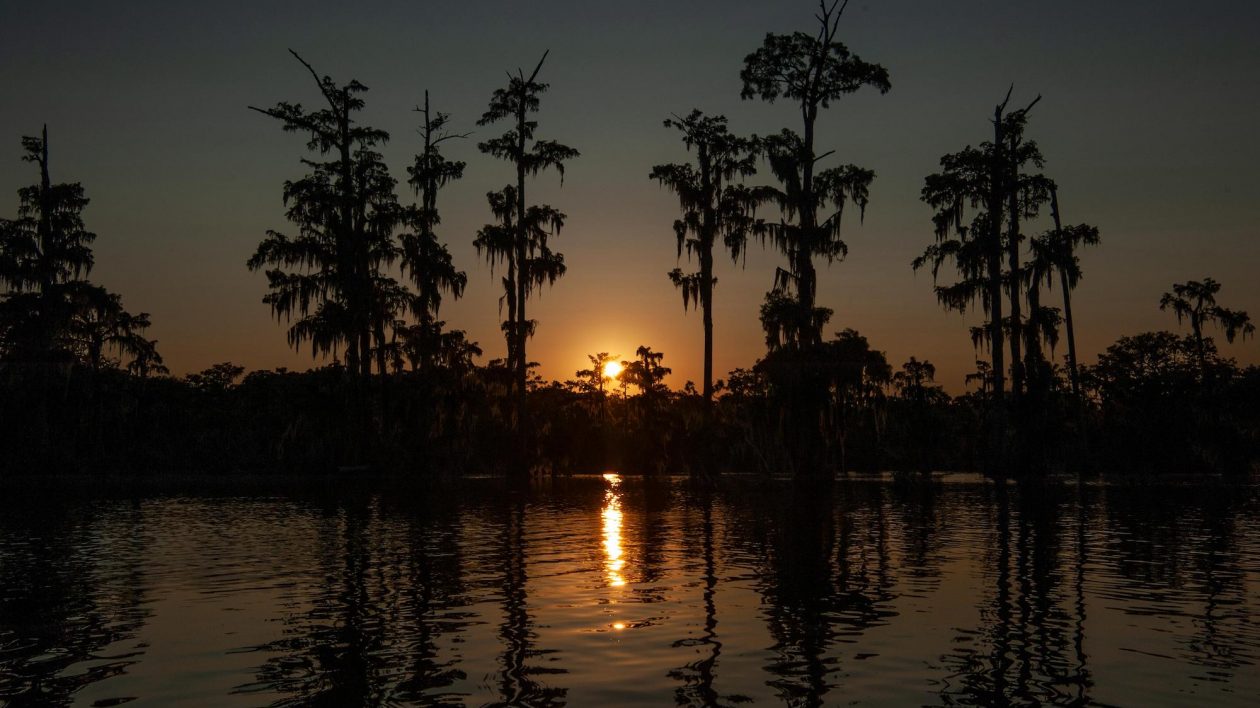
A Legacy of Protection
Around the Southeast, the Conservancy uses a variety of conservation strategies and partnerships to protect floodplain forests. Generous donors and members have created an unparalleled legacy of conservation success. Like the Roanoke River and Mollicy Farm efforts, many of these projects protect large-scale forested wetlands.
Despite its name, conservationists now know there’s nothing dismal about the Great Dismal Swamp that straddles Virginia and North Carolina. It was the site of the first corporate donation to the Conservancy: 49,000 acres from the Union Camp Corporation that became the core of the Great Dismal Swamp National Wildlife Refuge. That refuge has since grown to 112,000 acres and the Conservancy continues to work on habitat restoration there.
Or consider the Black River, an area of more recent conservation focus for The Nature Conservancy in North Carolina. The Black River is renowned for its ancient trees—bald cypress in the Three Sisters Swamp dating back to at least 605 BCE, making them the fifth oldest tree species in the world. “According to the State’s Natural Heritage Program, this is the most outstanding bottomland black river hardwood forest in the State,” land protection manager Hervey McIver said in the publication Afield North Carolina. “It is the best.”
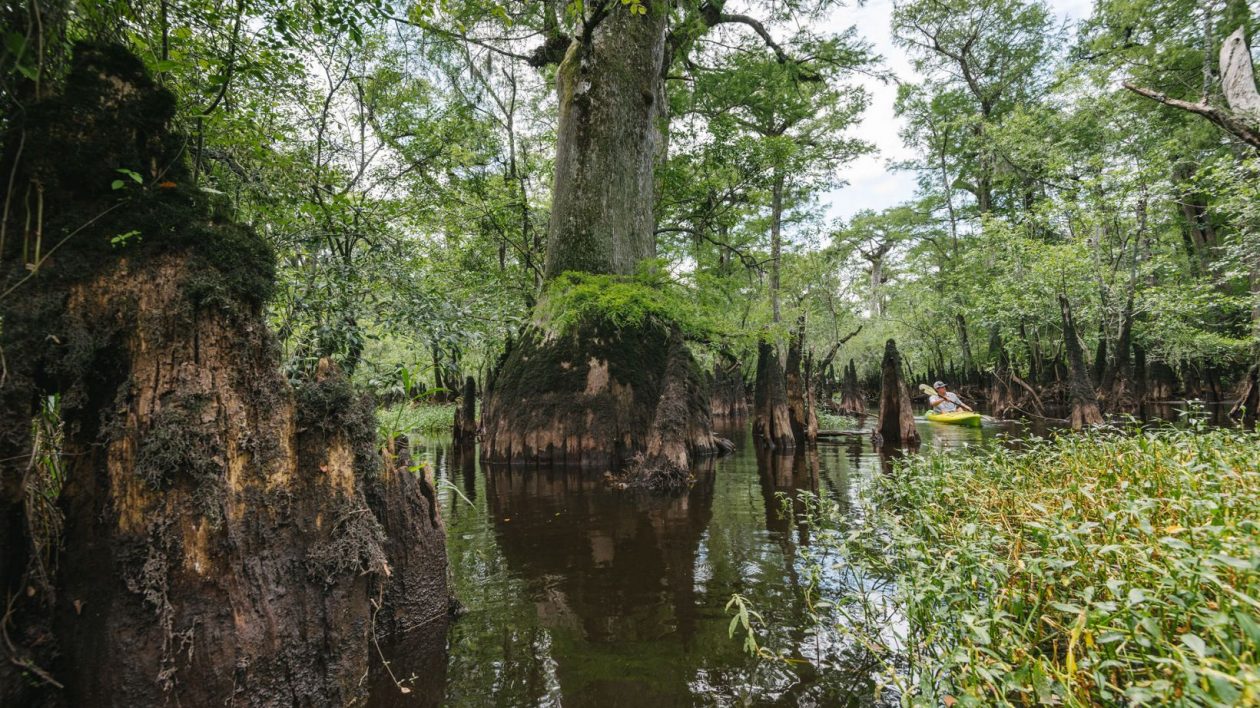
Along the Black River, the Conservancy is using a variety of conservation strategies, including conservation easements that allow landowners to retain ownership while protecting key habitat.
While the Conservancy owns over 6,360 acres on the Black River outright, including most of the ancient bald cypress swamps, McIver sees conservation easements as a tool that may be more workable on this stretch of the river where most landowners wish to hold onto their land.
“An easement allows them to monetize their timber without having to cut it,” he says. “The property owner still owns the land where they can hunt or fish, but the easement prevents logging, development, and other actions that would threaten the forests.”
In the ACE Basin of coastal South Carolina, the Conservancy has protected 203,000 acres. A landscape once covered in rice plantations, now provides important habitat for migratory birds and fishes. On the Savannah River on the Georgia/South Carolina border, the Conservancy’s work has evolved into a model for sustainable dam operations. This includes seasonal dam releases that will help restore more than 60,000 acres of floodplain forest.
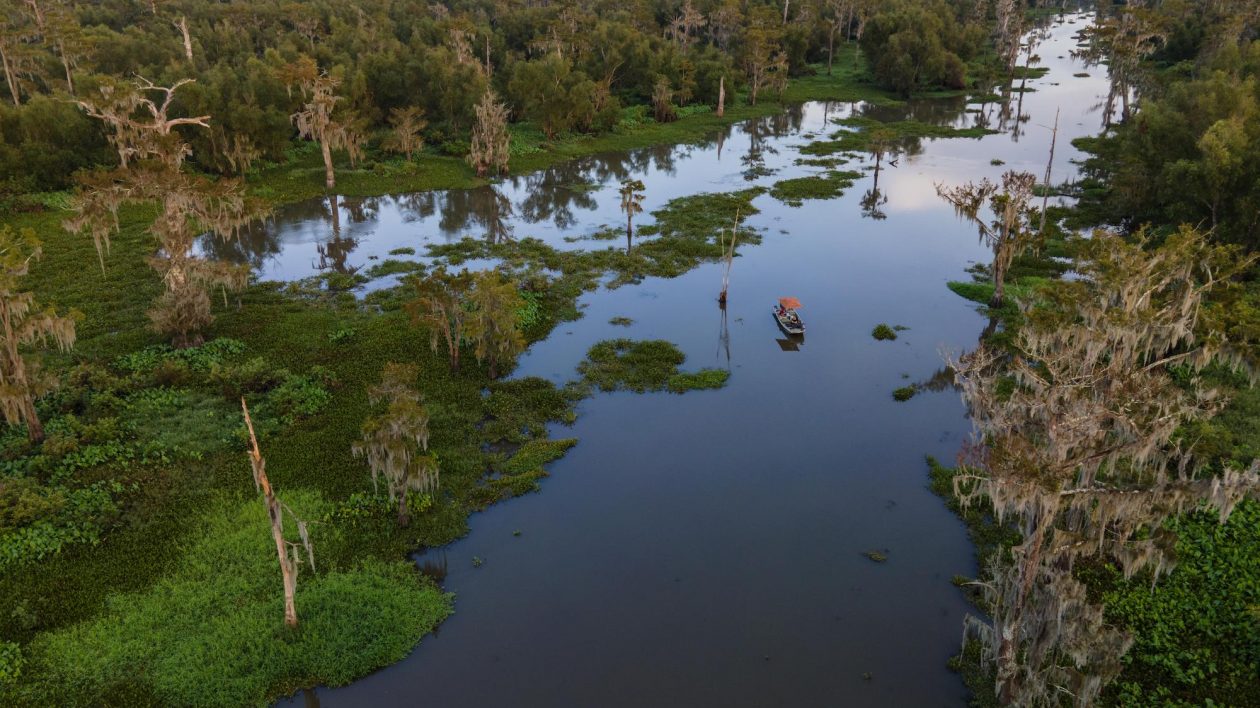
In the Atchafalaya Basin of Louisiana, the forests are still there, as are the wetland areas. But both are degraded. “Here, we’re committed to restoring the natural flow of the basin,” says Bryan Piazza, director of freshwater and marine science for The Nature Conservancy in Louisiana. “We’re reconnecting the forests to the river water that is high nutrients. When these flooded forests are healthy, the crawfish grow twice as fast. The habitat takes up more carbon.”
Outcomes like that, Piazza says, is why the Conservancy’s investment over decades in floodplain forests are so valuable. Donors who have supported these projects can see tangible, lasting results from their investment.
“Whatever conservation outcome you care about, whether it’s fisheries or water quality or addressing climate change or protecting migratory bird habitat, floodplain forest conservation can do that,” says Piazza. “You can achieve all of that. Protecting those forests, and restoring them, can achieve all of that.”
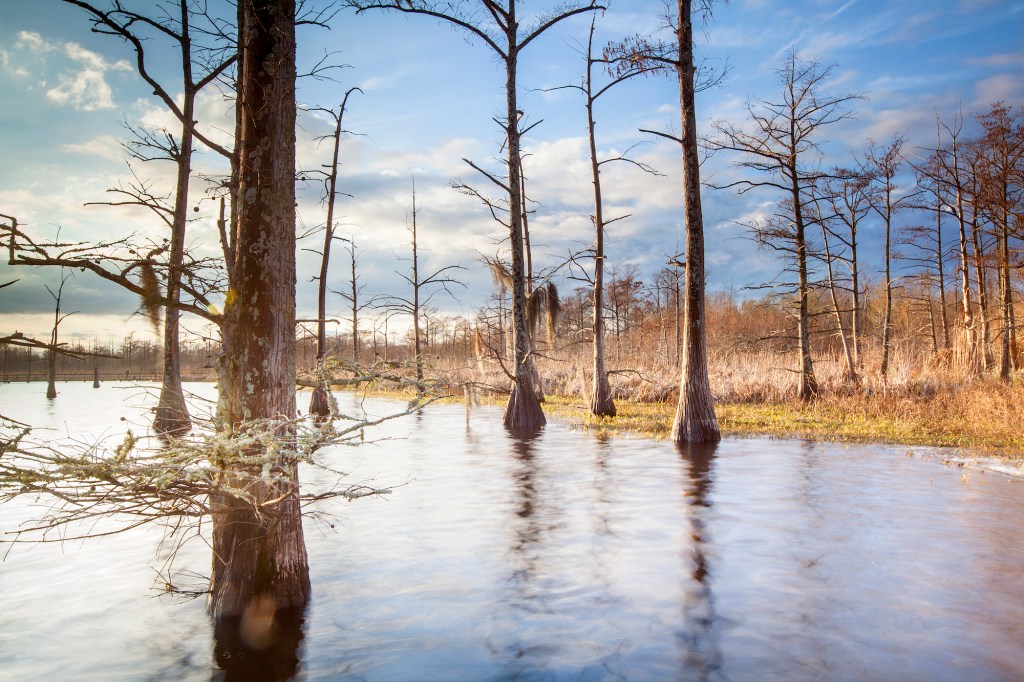



Join the Discussion